LOUISVILLE, Ky. — This year marks 50 years since Louisville EMS hit the streets, a resource few communities around the country had at the time.
Crafting an emergency service with paramedics and EMTs was an ambitious plan, and a practice unheard of in Kentucky. It was 1973 and Park DuValle's medical director, Harvey Sloane, was running for Louisville mayor. He witnessed a man collapse during a meeting at the VFW one night in West Louisville.
"We ran up and I gave him mouth to mouth," Sloane said.
Paramedics weren't a thing yet and ambulances were a rare commodity, often driven by private companies and funeral homes. So, the burden fell on local officers working in a cramped space, with little medical training, not even in CPR. They provided the emergency transportation, with a small stretcher in the back of the car, with an oxygen tank and first aid kit.
"The police came in their station wagon about 30 minutes after the collapse," Sloane said.
Sloane said the man never had a chance. That day, he made a campaign promise.
"I said to myself, I'm going to see Louisville gets a professional emergency medical service," Sloane said.

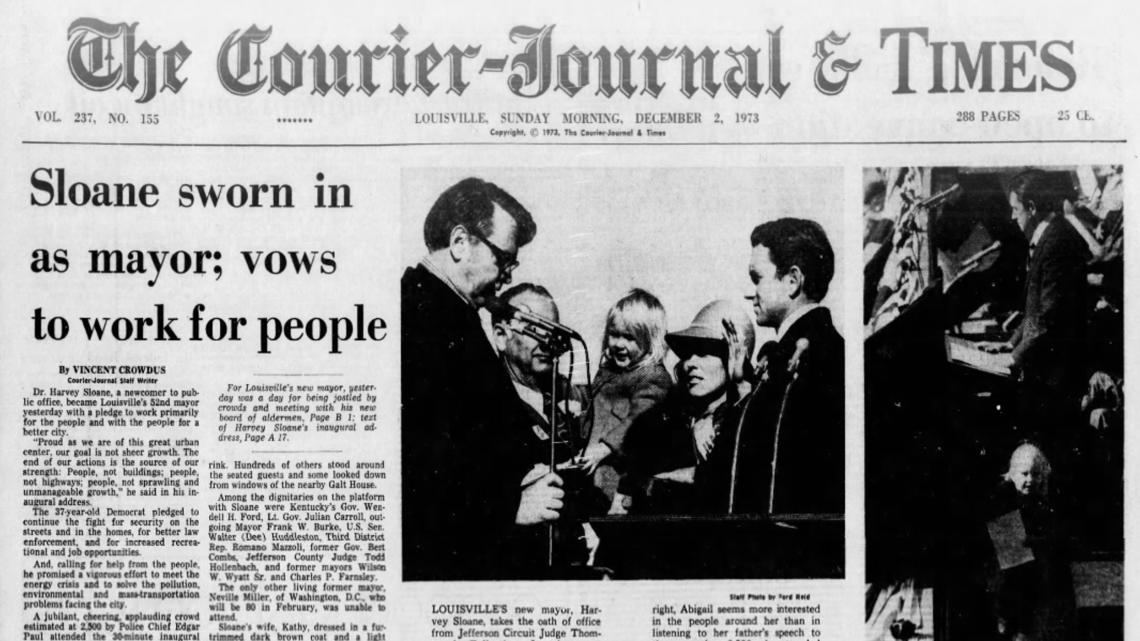
He immediately began researching concepts already evolving along the east coast, including Jacksonville, Florida and Pittsburgh, Pennsylvania.
"The paramedic program was this new concept, taking the stuff they'd learned in the Vietnam experience and trying to build a civilian parallel to that," Dick Bartlett, director of Louisville EMS in the late 70s, said.
Founded in 1967, Freedom House Ambulance in Pittsburgh was the first to provide life-saving measures like intubation, defibrillation and CPR outside the hospital, and became the national standard of EMT training. The crew comprised solely of Black men and women, trained to serve black communities who often couldn't rely on police and fire departments during an emergency. Years later, cities across the country, including Louisville, would catch on to this life-saving practice.

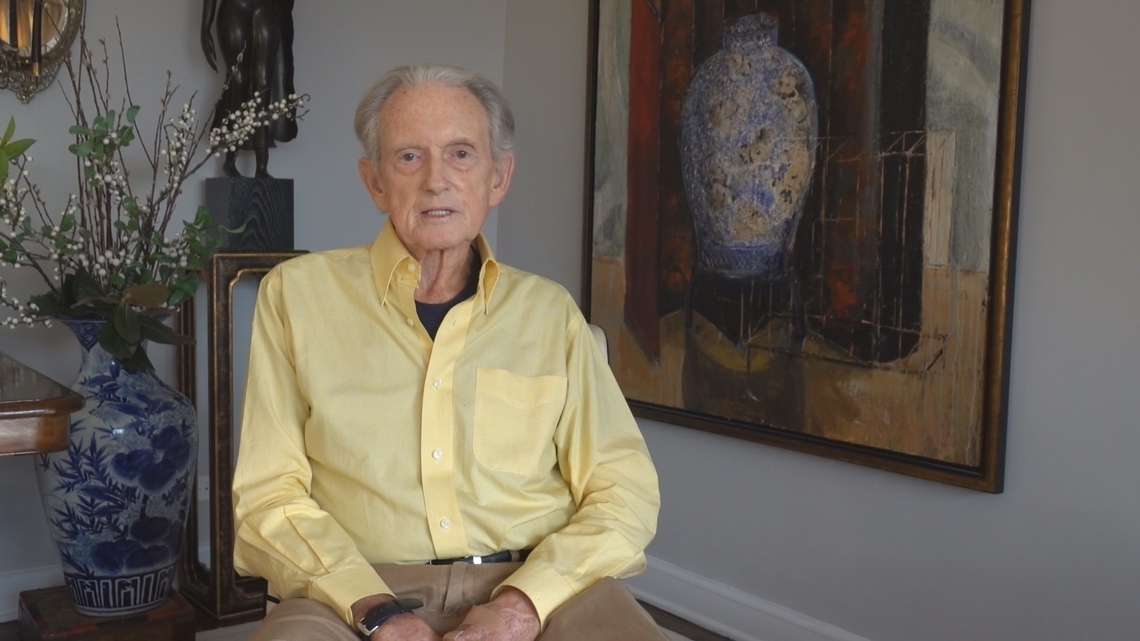
"I think of anything I did in [my] three terms in local office, this probably saved more lives than anything else," Sloane said.
Sloane made good on his promise and launched Louisville EMS his first year in office in 1974. It was the first in Kentucky.
"At the time, we had to build the service as we were running it," Brad Learn, an original crew member and supervisor, said.
Louisville started with four ambulances from Park Duvalle, which Learn says was nowhere near enough to cover every neighborhood.
"It was just in the city, which was pretty much what was inside the Watterson Expressway. We were stationed most times outside city firehouses."

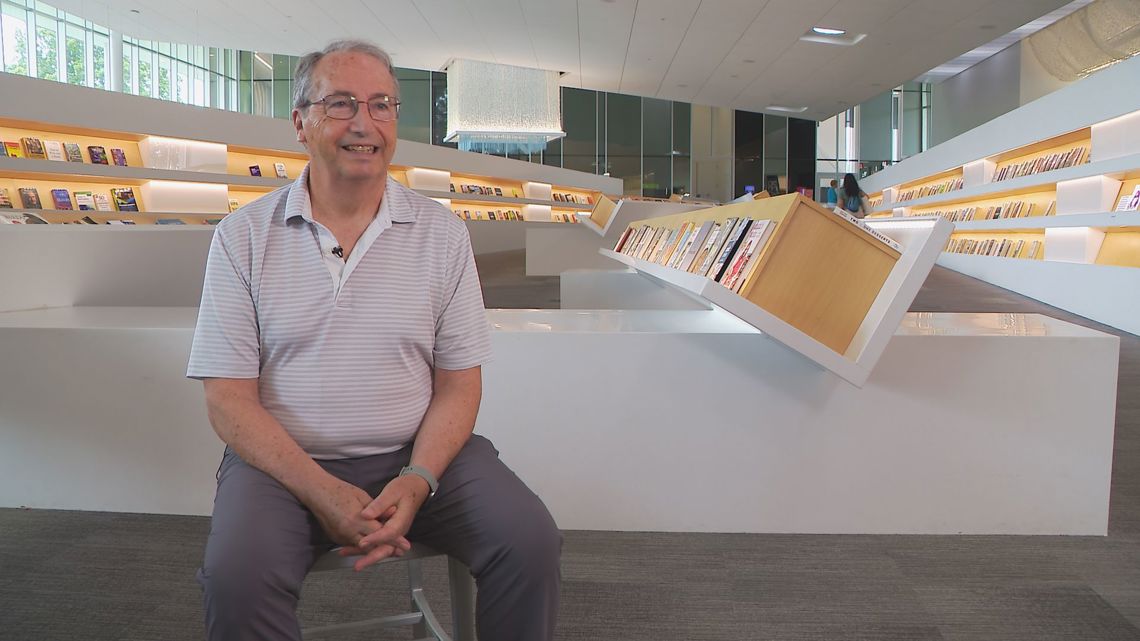
The first task was finding the first class of paramedics.
"It was a classified ad in the Sunday paper. Very non-descript," Elaine Evans, a registered nurse in the 70s, said.
Those interested were put up at the Brown Hotel where training lasted for weeks.
"We had people that were just interested in doing this and willing to take the challenge," Learn said. "We had some with military backgrounds as a medic. We had nurses with hospital experiences. We had to train nurses how to drive with lights and sirens."

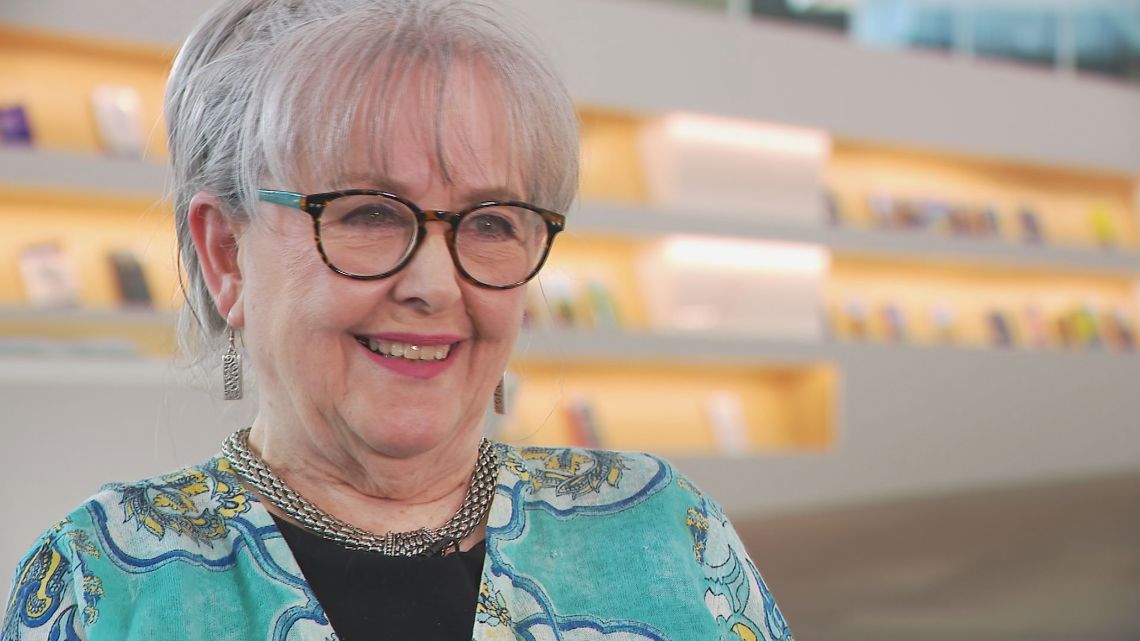
Evans remembers the training well.
"I will never forget my first trip down Broadway with my instructor, who was a fireman. Roger Henderson taught us to drive, bless his heart. There were cars everywhere. I was confused by that. Roger was like, 'it's okay, they're getting out of your way.'"
Nurses and paramedics arrived in med cars, stocked with necessary equipment and supplies to treat emergencies in the field. If the person needed hospitalization, they'd be transported in an ambulance.
"That was a major step for them, to step outside the hospital and provide this type of emergency care," Learn said.
"We were very comfortable in the hospital but we had a lot to learn being in a car upside down in the ditch, in the night, inside houses that had no lights," Evans said.

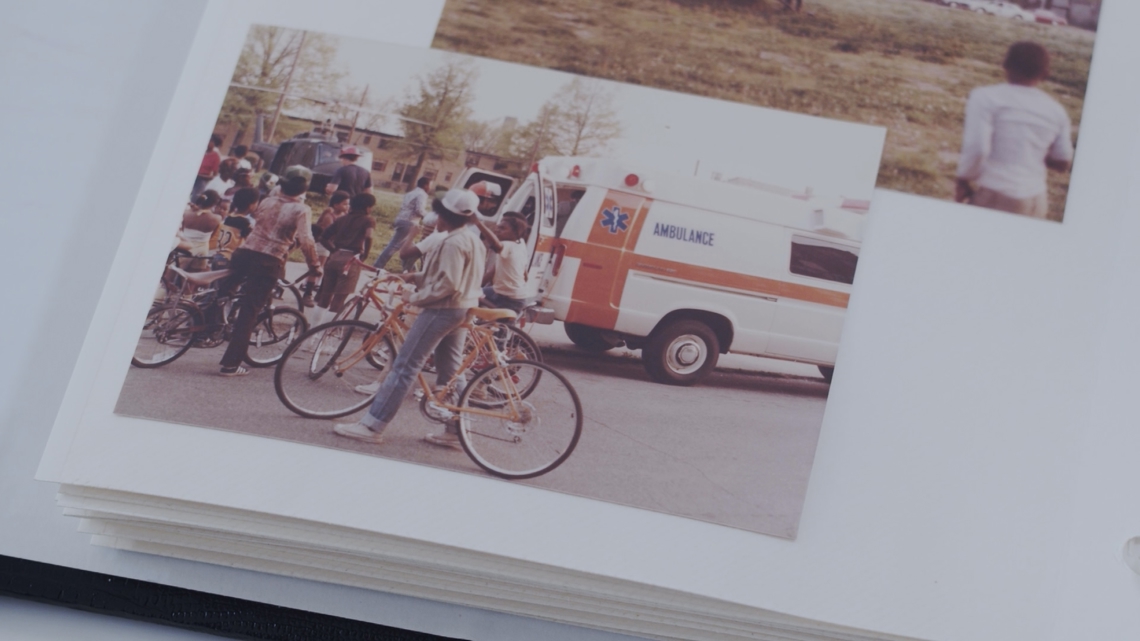
"We took care of people no matter who they were or where they were," Bartlett said,
Even in a large crowd, they'd find a way to get to you.
"I was there when Wayne Hettinger was planning his first big Thunder. Some of my guys that liked bike riding, got their stuff together, and created pedal medics. They moved through parades, and big public events, with golf carts. We took an old Jefferson County School bus and turned it into a med bus, like a mobile command post and mass treatment center."

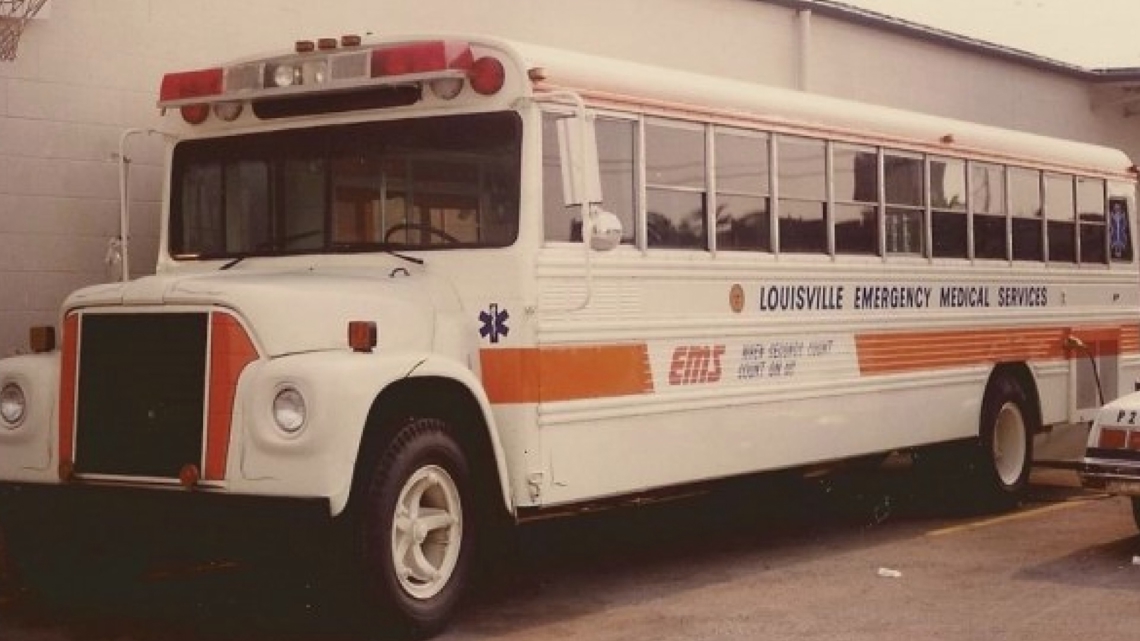
Fifty years later, there's one memory that stands out from the rest: the Standard Gravure shooting of 1989. It was the site of Louisville's first workplace shooting.
"If you go back and look at some of your pictures and footage, this was a team effort. We all worked together to help in that response," Bartlett said. "Those are the stories that stick with you forever."
"You never know, at the beginning of your shift, what you're going to do, what you'll encounter and that's a challenge but for some people that added to the excitement of the job to be able to do that," Learn said.

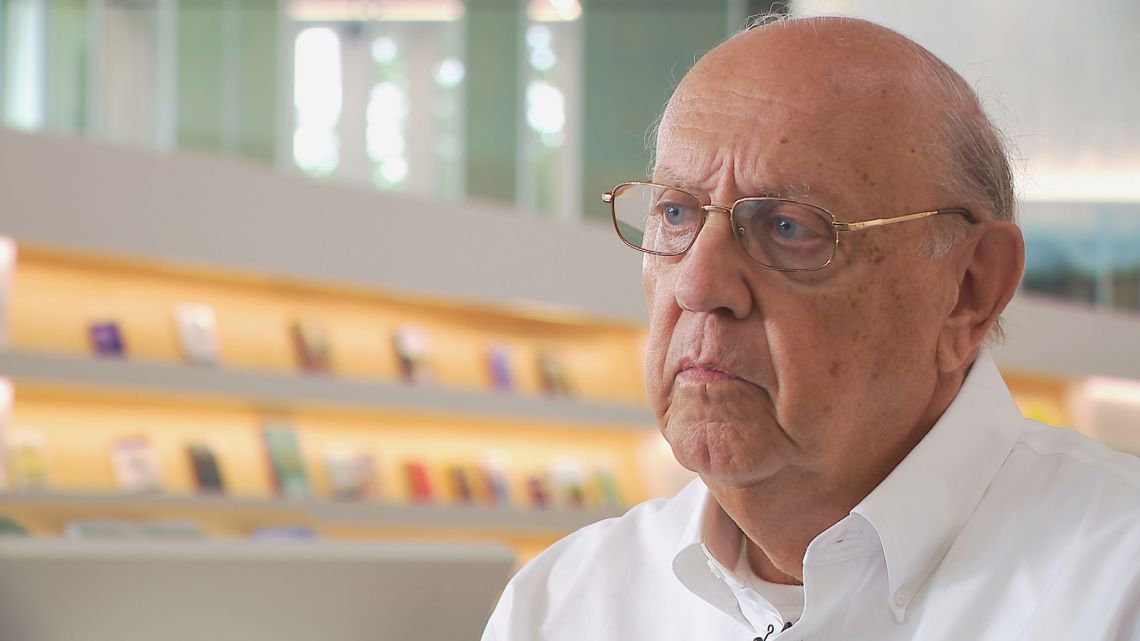
"We would invite new paramedics from rural services to ride with us and learn, because we were seeing more on a daily basis than they'd see in a month," Bartlett said. "I had people from Boston and St Louis to come learn what we were doing."
"My wife asked me a number of years ago, what made you think you could do those things. At the time, you just didn't think you couldn't," Learn said.
"I really am proud of the fact that I was there, sort of at the cutting edge in this industry," Bartlett said. "It was a fabulous experience working with Louisville EMS."
Next month, dozens of original Louisville EMS crew members are planning a big reunion in celebration their 50 year anniversary.
Make it easy to keep up-to-date with more stories like this. Download the WHAS11 News app now. For Apple or Android users.
Have a news tip? Email assign@whas11.com, visit our Facebook page or Twitter feed.

